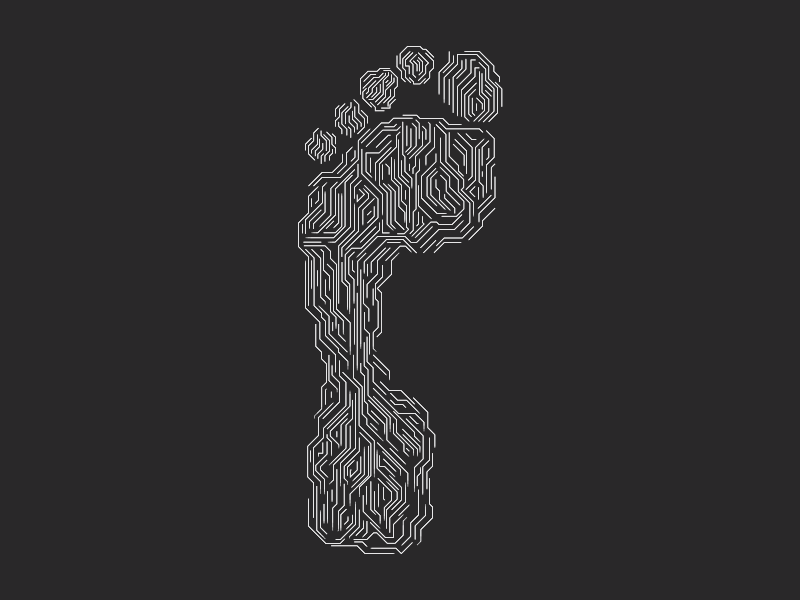Personal Data Footprint
Projects | | Links: Download PDF

In this assessment, I was tasked to locate appropriate data sets for a fictitious study that meets certain criteria and requirements. I will have had to prepare a short report entailing how and why the discovered data sources are relevant and accessible for the study. I will also have had to note key details of the data sources, application areas, and how they could contribute to a study design.
Standards for Dataset(s) When looking for datasets, the following criteria were taken into account:
This hypothetical study was ought to be about a subject I find fascinating (e.g., learning, movies, a sport I am playing, etc.).
Choosen at least two datasets that would compliment one another in some way (e.g., if I am interested in movies one dataset could be from a movie database and another from social media users).
The datasets should have been gathered using various techniques (e.g., scraping social media or user generated websites, surveys filled by people, automatic recording of user activities, etc.).
The datasets must be of the proper size (depending on the topic of the study these could range in size form a few hundreds to thousands or even millions of instances).
The Report’s Format The project report is organized in the following manner:
Introduction: Describing the goals of my hypothetical study and the method or approach I used to find the right datasets.
Data: Outlined the traits and composition of the datasets. Tables were used to summarize the key elements of my dataset(s) (e.g., format, size,number of instances, number of attributes and their type, etc.). Ensured to incorporate citations for dataset sources (as proper references or footnotes not URLs in the text).
Review of the Literature: Highlighted how the discovered datasets or comparable datasets have been used in other research investigations. kept the level of conversation high. This section could use between 5 and 7 pertinent scholarly references (journal articles or conference papers).
Study Design: addressed the relevance and accessibility of the newly discovered data sources for the study, briefly reviewed other application areas for the datasets, and explained how they may be merged or analysed differently to accomplish other goals.
References: a comprehensive list of the books, articles, websites, and other materials utilized in the evaluation. In-text citations for references are used in accordance with IEEE style.
